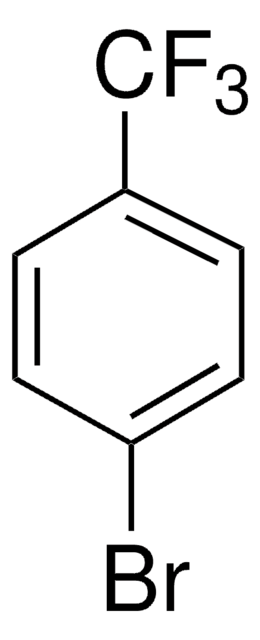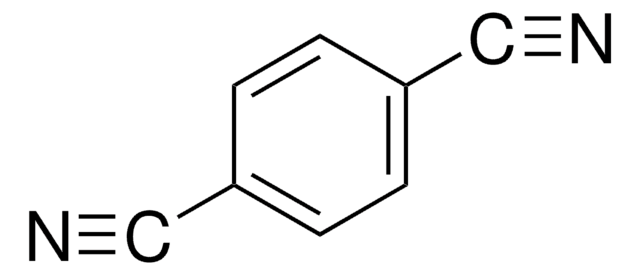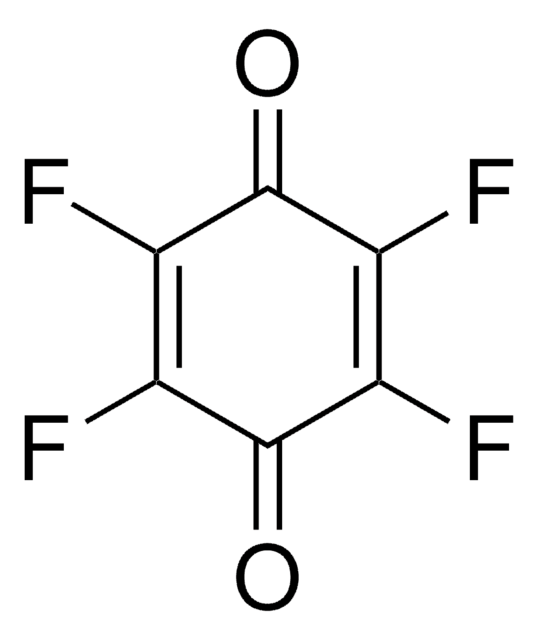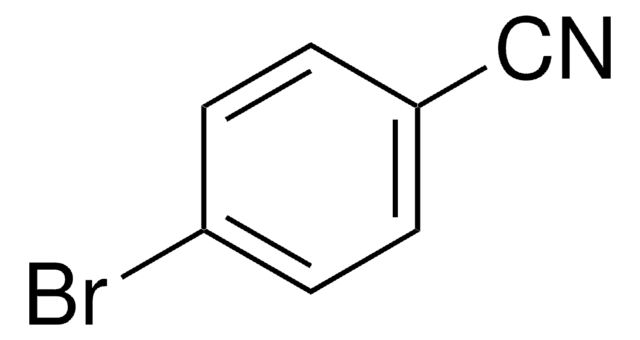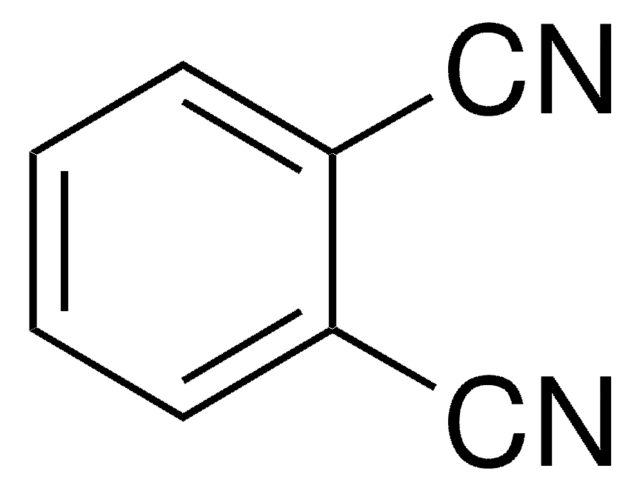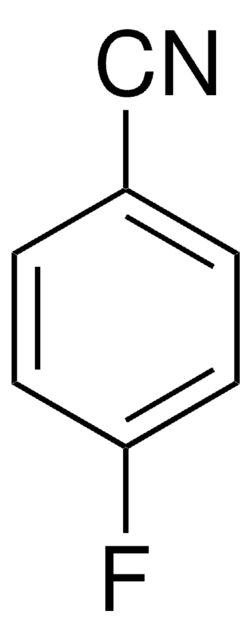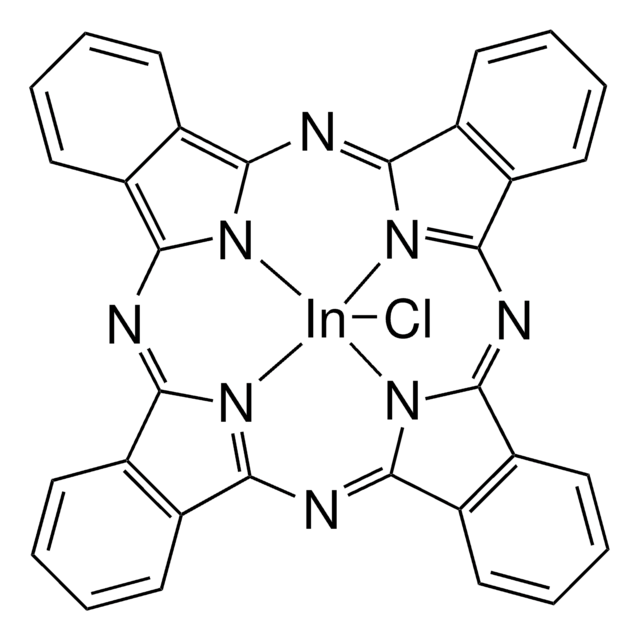157635
7,7,8,8-Tetracyanoquinodimethane
98%
Synonym(s):
(2,5-Cyclohexadiene-1,4-diylidene)-dimalononitrile, TCNQ
About This Item
Recommended Products
Quality Level
Assay
98%
form
solid
mp
287-289 °C (dec.) (lit.)
Orbital energy
LUMO 4.6 eV
semiconductor properties
N-type (mobility=10−5 cm2/V·s)
SMILES string
N#C\C(C#N)=C1/C=C\C(C=C1)=C(/C#N)C#N
InChI
1S/C12H4N4/c13-5-11(6-14)9-1-2-10(4-3-9)12(7-15)8-16/h1-4H
InChI key
PCCVSPMFGIFTHU-UHFFFAOYSA-N
Gene Information
human ... CAPN1(823)
rat ... Capn1(29153) , Nos1(24598)
Looking for similar products? Visit Product Comparison Guide
Related Categories
General description
Application
Signal Word
Danger
Hazard Statements
Precautionary Statements
Hazard Classifications
Acute Tox. 3 Dermal - Acute Tox. 3 Inhalation - Acute Tox. 3 Oral
Storage Class Code
6.1A - Combustible acute toxic Cat. 1 and 2 / very toxic hazardous materials
WGK
WGK 3
Flash Point(F)
Not applicable
Flash Point(C)
Not applicable
Personal Protective Equipment
Regulatory Listings
Regulatory Listings are mainly provided for chemical products. Only limited information can be provided here for non-chemical products. No entry means none of the components are listed. It is the user’s obligation to ensure the safe and legal use of the product.
PDSCL
Deleterious substance
JAN Code
157635-VAR:
157635-10G:4548173108186
157635-BULK:
157635-1G:4548173108193
157635-5G:4548173108209
Choose from one of the most recent versions:
Already Own This Product?
Find documentation for the products that you have recently purchased in the Document Library.
Customers Also Viewed
Articles
Fabrication procedure of organic field effect transistor device using a soluble pentacene precursor.
Our team of scientists has experience in all areas of research including Life Science, Material Science, Chemical Synthesis, Chromatography, Analytical and many others.
Contact Technical Service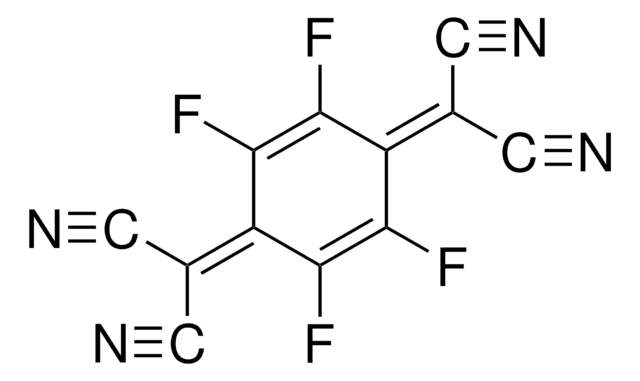
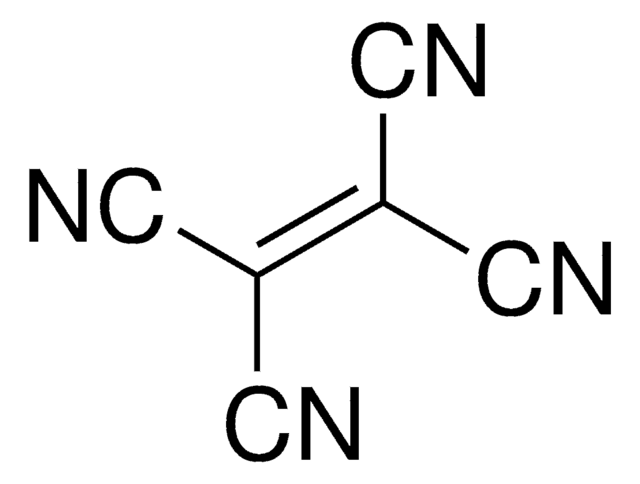
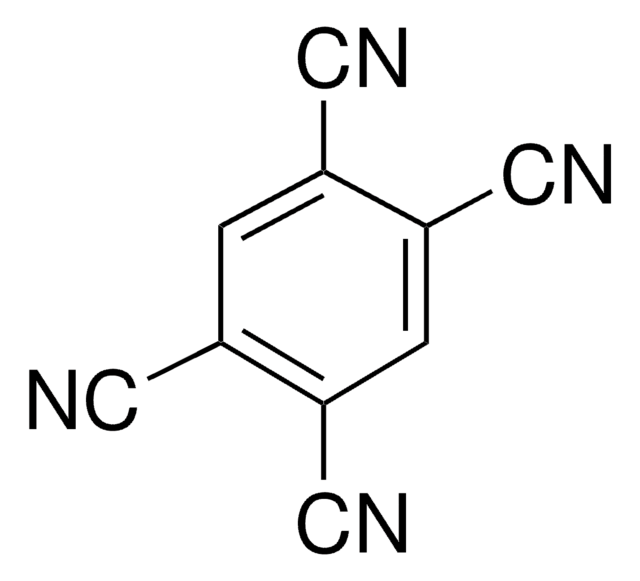
![Dipyrazino[2,3-f:2′,3′-h]quinoxaline-2,3,6,7,10,11-hexacarbonitrile 95% (HPLC)](/deepweb/assets/sigmaaldrich/product/structures/151/558/c0e2c95f-5228-4864-a7a5-4b9765a19840/640/c0e2c95f-5228-4864-a7a5-4b9765a19840.png)
